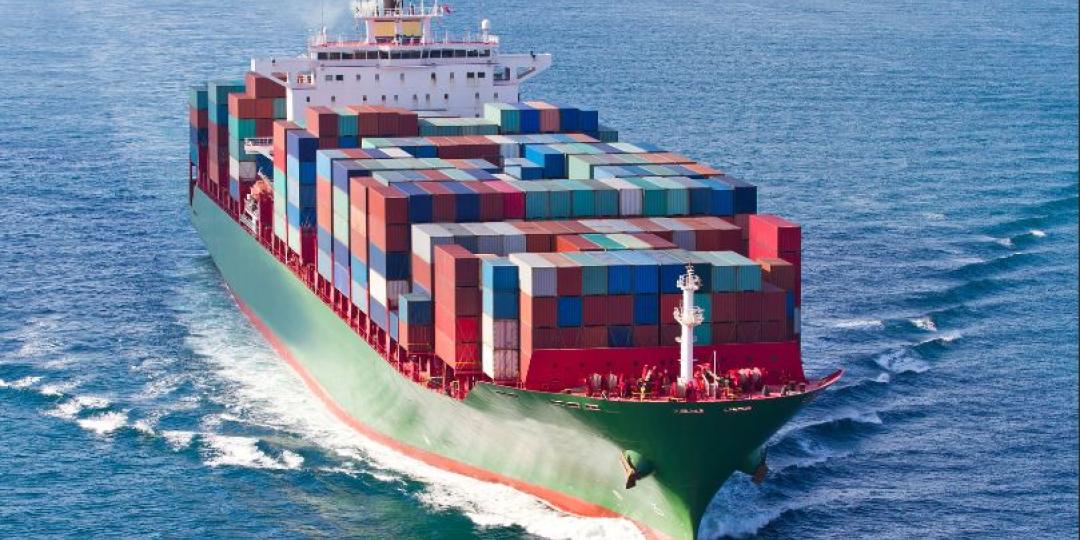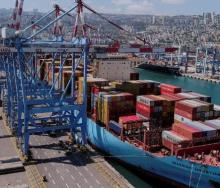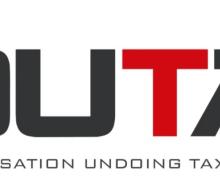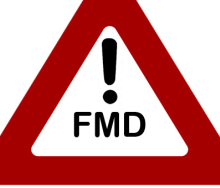Maritime consultancy Drewry has calculated that shipping lines can prepare to add $11 billion to their fuel bill when the IMO’s sulphur restriction from 3.5% to 0.5% takes effect on January 1, 2020.
It includes costs that will most likely be incurred during the last quarter of 2019 as lines fast-track changes to vessel tanks and the like to comply with “IMO2020”.
But whereas lines have been capable of absorbing spikes in bunker surcharges in the past, Drewry has flagged IMO2020 as a “major risk” event that could even drive lines to bankruptcy.
The decision by the US to withdraw its troops from Syria while Turkey sends in its own military could add to energy instability in the Middle East - not forgetting the trade impasse between the US and China. All these factors have led Drewry to issue another full-year downgrade for the ocean freight industry.
It also follows consecutive sea freight volume depreciation, indicating a continued decline in container carriage.
However, given current consumer resilience, Drewry earlier predicted that global port throughput would grow at around 3.9% going into the New Year.
But this figure has now been adjusted twice – first down to 3% and again to 2.6%.
It follows the IMF’s decision in July to adjust growth in the goods and services sector down to 2.5%, heralding a 9% downward adjustment of the fund’s earlier prediction.
Senior manager of container research at Drewry, Simon Heaney, told a British logistics portal: “The weight of risks pressing down on the container market seems to be getting heavier by the day.”













